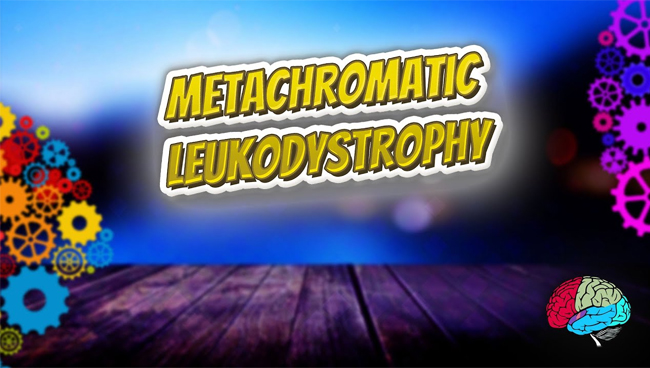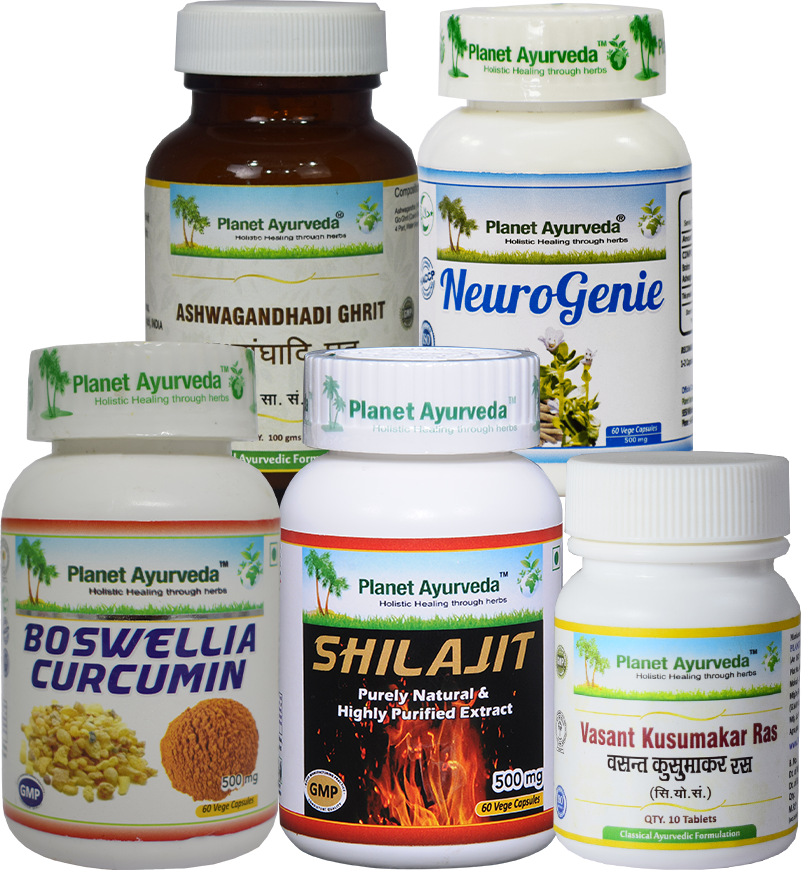Ocular Surface Diseases Causes, Symptoms, And Ayurvedic Treatment
Abstract
Our eyes are an extraordinary gift, allowing us to perceive the world around us and experience its breathtaking beauty. However, they are also vulnerable to a variety of diseases that can compromise our vision and overall eye health. Ocular eye diseases refer to a diverse range of conditions that affect the structures and functions of the eyes. These diseases can arise from various causes, such as genetics, aging, environmental factors, or underlying health conditions. In this article we are going to learn about Ocular surface diseases with their Ayurvedic point of view, and their Ayurvedic treatment without undergoing any surgical procedure.

Introduction of Ocular Surface Diseases
Ocular surface diseases are conditions that affect the outermost layer of the eye, known as the ocular surface, including the cornea, conjunctiva, and tear film. Some common ocular surface diseases include dry eye syndrome, conjunctivitis (pink eye), and corneal ulcers. Ocular diseases are commonly caused due to imbalance in our tridoshas (Vata, Pitta, Kapha). These further can cause symptoms such as redness, itching, burning, and a gritty sensation in the eyes. And these can be caused by various factors, including environmental irritants, allergies, infections, or underlying health conditions. Ayurveda heals these ocular diseases in a very different manner. Ayurveda believes ocular diseases can be treated when we avoid following or taking the causative factors.
What Are the Causes of Ocular Surface Diseases?
Dry eye syndrome and blepharitis are the leading causes of ocular surface disease, signifying damage to the outermost layers of the eye, specifically the cornea and conjunctiva.
Dry Eye Syndrome is Marked by
- Dryness, grittiness feeling, sandy sensation in the eyes.
- Additionally includes – redness, mucous discharge, fluctuation of vision, contact lens intolerance, and sometimes, excessive tearing.
- Dry eye symptoms often worsen as the day progresses, typically peaking toward the end of the day.
Blepharitis is characterized by inflammation of eyes and shares the same symptoms as Dry eye syndrome but ironically, blepharitis is often more pronounced in the morning and tends to improve throughout the day.
Let’s explore the additional factors contributing to ocular surface disease.
- Advancing in age
- Hormonal imbalances
- Autoimmune disorders
- Specific health ailments
- Certain prescription drugs
- Allergic reactions
- Low humidity in the air
- Insufficient Vitamin A levels
Treatment Protocol for Ocular Surface Diseases
In modern medicines, the treatment for dry eyes usually starts with using artificial teardrops, gels, and ointments. If that doesn’t help, the allopathic doctors might suggest special eye drops like Restasis or Ceqa, or drops called Xiidra. They might also put tiny plugs in your tear ducts. To make your environment better, or can use a humidifier and avoid windy places. There are other treatments too, like sealing your tear drainage ducts if the plugs don’t stay, using Lacriserts, taking acetylcysteine for gooey stuff in your eyes, or partly closing your eyelids with a small surgery called lateral tarsorrhaphy. Dry eye problems often stick around, but with these treatments, you can only make a temporary relief and when we talk about the ancient system of medicines we can say that these Ocular surface diseases can be handled properly and can give good improvement in condition by using effective herbal medicines. In Ayurveda, Acharya Sushruta gave a general treatment plan for all the Netragata Rogas –
संक्षेपतः क्रिया योगो निदान परिवर्जनम्।
वातादीनां प्रतीघातः प्रोक्ता विस्तरतः पुनः ॥” (सु. उ. १/२४)
This shloka states that, avoiding the causative or reasoning factors is the main goal of the treatment plan in the Netragata rogas even this can apply for every disease. This rule can be followed by every individual who wants to live a healthy and happy life, and is widely known as Sankshipta chikitsa. Second Sutra says, when disease is caused by particular or specified doshas then we have to modify our treatment according to respective doshas. This is done by using effective herbs and Immune enhancing medicines, known as Vistarit chikitsa.
Herbal Remedies for Ocular Surface Diseases by Planet Ayurveda
Planet Ayurveda is a 100% GMP certified herbal production unit, here all the herbal supplements manufactured under the supervision of Ayurveda experts, moreover, these are carefully prepared with the classical methods of preparation mentioned in our Ancient textbooks. Herbal supplements are totally free from cruelty, side effects, chemicals and adulterations. Some of the basic effective formulations which are helpful in Ocular surface diseases are mentioned below
Product List
- Angel Eye Vitale Capsules
- Saptamrit Loha
- Jasnoor Eye Drops
- Triphala Ghrit
- Amalaki Rasayan
Product Description
1. Angel Eye Vitale Capsules
These are the polyherbal capsules prepared by Planet Ayurveda with several ingredients like Triphala (Amalaki Emblica officinalis, Haritaki Terminalia chebula, Vibhitaki Terminalia bellerica), etc. Triphala is said to be the best tridosha shamak herbal medicine and is very effective in Netra rogas.
Dose – 1 capsule twice daily with luke warm water after meals
2. Saptamrit Loha
This herbal product contains ingredients like Mica Bhasma (Abhrak bhasma), Pearl Oyster Shell Bhasma (Mukta shukti bhasma), and many more which are of cold potency and is useful in purification of tear glands, and helps in production of proper quantity of water in eyes with perfect lubrication.
Dose – 2 capsules twice daily with lukewarm water after meals
3. Jasnoor Eye Drops
Planet Ayurveda manufactured these drops with Rose water (Rosa damascena), Madhu (Honey), and Haridra (Curcuma longa), these are useful in maintaining the pitta dosha and helps in nourishment of eyes, helps in dryness, redness and promotes overall eye health.
Dose– 3 drops in each eye after cleansing the eyes with clean water.
4. Triphala Ghrit
It is a classical herbal product mentioned in Ayurvedic texts and containing Triphala (Amalaki Emblica officinalis, Haritaki Terminalia chebula, Vibhitaki Terminalia bellerica), Cow ghee etc. Triphala is said to be the best medicine for eyes, it improves dry eyes with lubricative properties, redness due to pitta shamak property and watering of the eye with the help of kapha shamak property.
Dose– 1/2 tsp twice daily.
5. Amalaki Rasayan
Amalaki Emblica officinalis, acts as an immune booster herb its rasayanik composition works against the viral diseases, bacterial diseases naturally. It creates a strong immune system which fights against infections and helps to get rid of certain diseases effectively. It improves vision and eradicates all other eye issues.
Dose– 1 capsule twice daily.
Contact Planet Ayurveda Support Team to provide you the costing / ordering and delivery information at – costing.planetayurveda@gmail.com or Call at 0172-521-4040 (India), +91-172-521-4040 (Outside India) or Whatsapp at (+91) 9915-593-604
Conclusion
Ocular Surface Disease is a condition which results in discomfort and may produce complications if not treated well on time. One may take a proper Ayurvedic treatment to manage this condition and be helpful in restoring the general health of the eye.





